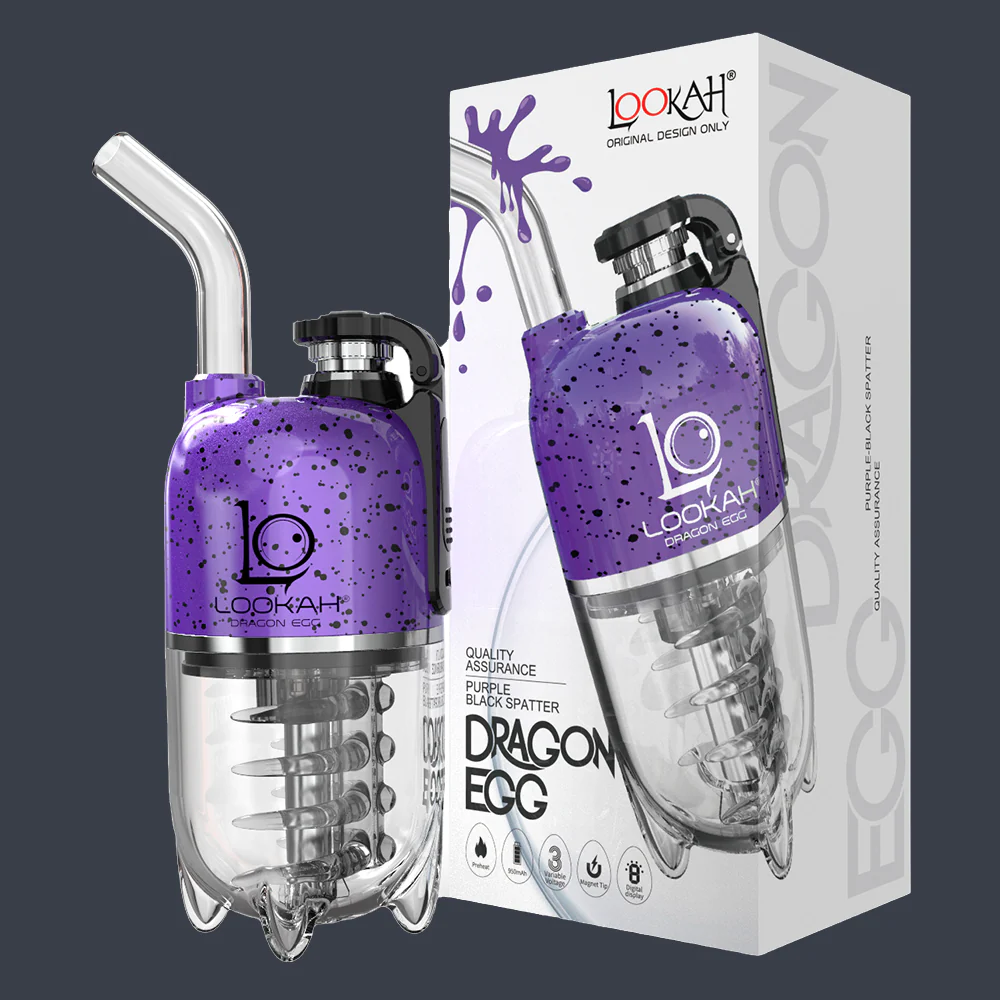Understanding Amazon Wholesale
What is amazon wholesale?
Amazon wholesale refers to the process of purchasing products in bulk from manufacturers or distributors and reselling them on Amazon at a marked-up price. Unlike retail arbitrage, which involves buying individual items from retail stores, amazon wholesale focuses on acquiring goods in larger quantities, allowing sellers to take advantage of volume discounts. This model enables sellers to operate a legitimate business while using Amazon’s vast marketplace to reach millions of potential customers. With the right strategy, individuals can build sustainable revenue streams while leveraging the powerful Amazon platform.
Benefits of engaging in amazon wholesale
Engaging in amazon wholesale offers numerous benefits that appeal to both seasoned and new sellers. Here are some key advantages:
- Bulk Purchasing Discounts: By buying products in greater quantities, sellers can negotiate lower prices per unit, enhancing profit margins.
- Access to a Wide Range of Products: Sellers can choose from diverse product categories, allowing them to tap into niche markets effectively.
- Reduced Risk: Purchasing wholesale means less risk compared to outright ownership, as sellers can gauge demand before making significant investments.
- Potential for Passive Income: Once the initial setup is complete, the automated nature of Amazon sales can lead to a consistent income stream.
- Brand Recognition: Sellers can represent well-known brands, attracting buyers who trust these brands’ reputation and quality.
Common misconceptions about amazon wholesale
Despite its rising popularity, many misconceptions surround amazon wholesale. Here are a few prevalent myths:
- It’s Just Like Retail Arbitrage: Many believe wholesale and retail arbitrage is the same; however, the key distinction is that wholesale involves bulk purchases from suppliers, while retail arbitrage focuses on discount retail items.
- You Need Significant Capital: While having a budget certainly helps, many successful wholesale sellers used minimal initial investment by starting small and reinvesting profits.
- Wholesale Selling Is Too Competitive: While competition exists, identifying underserved niches can help sellers find opportunities. Moreover, with strategic pricing and marketing, they can differentiate themselves effectively.
Getting Started with Amazon Wholesale
Identifying product niches for amazon wholesale
Finding the right product niche is essential for success in the amazon wholesale landscape. Sellers should consider the following steps:
- Market Research: Utilize tools such as Amazon Best Sellers or Google Trends to identify product categories with high demand and low competition.
- Analyze Competitors: Explore existing listings to understand what products are performing well, their price points, and customer reviews.
- Look for Gaps: Identify gaps in the market where customer needs are not being met. This could involve improving existing products or introducing innovative alternatives.
- Consider Your Interests: Engage in niches that align with your interests or expertise. Passionate sellers often invest more effort into their businesses.
Setting up your Amazon seller account
Establishing a seller account on Amazon is a crucial step towards becoming an amazon wholesale seller. Here’s a guide on how to set it up:
- Choose Your Selling Plan: Amazon offers two selling plans: Individual and Professional. Assess your needs and goals to select the one that suits you best.
- Create Your Account: Visit the amazon wholesale website and follow the prompts to create your seller account, providing necessary information such as business details and tax identification.
- Understand Amazon Policies: Familiarize yourself with Amazon’s policies to ensure compliance. Review guidelines on product listings, shipping, and customer service.
- Set Up Payment Information: Input banking details to facilitate smooth transactions and ensure prompt payment for sales.
Essential tools for amazon wholesale success
To thrive in amazon wholesale, several tools can optimize various aspects of your business:
- Product Research Tools: Tools like Jungle Scout or Helium 10 assist sellers in researching product demand, competition, and profitability.
- Inventory Management Software: Software such as Restock Pro helps manage stock levels, track shipments, and plan restocking, minimizing stockouts.
- Pricing Tools: Automated pricing tools can help maintain competitive prices, improving sales without frequent manual adjustments.
- Product Listing Tools: Tools that streamline the product listing process help optimize product pages for better visibility and conversion rates.
Sourcing Products in the Amazon Wholesale Marketplace
Finding reliable suppliers for amazon wholesale
Sourcing reliable suppliers is a critical component of building a successful amazon wholesale business. Here’s how to begin:
- Online Marketplaces: Use platforms like Alibaba, ThomasNet, or Global Sources to discover manufacturers and distributors that offer wholesale products.
- Trade Shows: Attend trade shows relevant to your niche. They provide an excellent opportunity to meet suppliers, examine products, and negotiate deals.
- Networking: Join wholesalers’ forums or online groups to obtain recommendations from other sellers who have previously dealt with suppliers.
- Direct Outreach: Consider reaching out directly to manufacturers to inquire about wholesale arrangements, often resulting in better pricing.
Negotiating prices and terms with wholesale suppliers
Once you have identified potential suppliers, negotiating favorable terms can significantly impact your bottom line:
- Do Your Homework: Research product prices and market standards before negotiations to have a clear understanding of reasonable pricing.
- Build Relationships: Establishing rapport with suppliers can facilitate better negotiations and future dealings.
- Be Transparent: Be clear about your purchase intentions, asking for bulk pricing or discounts for larger orders.
- Discuss Shipping Terms: Negotiate shipping costs and terms upfront to avoid unexpected expenses later on.
Quality control and product assessment for amazon wholesale
Ensuring the quality of products is paramount in amazon wholesale. Implementing thorough quality control processes helps maintain a strong reputation:
- Request Samples: Before committing to larger orders, request product samples from suppliers to assess quality standards.
- Implement Quality Checks: Establish quality control measures for every batch received to ensure that products meet predefined quality criteria.
- Stay Informed: Monitor product reviews and feedback on your Amazon listings to identify potential quality issues early and address them effectively.
Marketing Your Amazon Wholesale Products
Effective strategies to promote amazon wholesale listings
Promoting your amazon wholesale products effectively is essential for driving sales. Some strategies include:
- Optimize Product Listings: Use high-quality images, compelling descriptions, and relevant keywords to enhance visibility in search results.
- Utilize Amazon Advertising: Invest in sponsored ads to increase product visibility, attracting potential customers directly to your listings.
- Leverage Promotions and Discounts: Offering limited-time discounts or promotions can incentivize buyers and increase sales volume.
Utilizing SEO techniques for amazon wholesale products
Search Engine Optimization (SEO) plays a vital role in ensuring your listings appear prominently in search results:
- Keyword Research: Identify relevant keywords that potential buyers use when searching for products similar to yours, incorporating these keywords naturally into your product titles and descriptions.
- Optimize Backend Search Terms: Utilize the backend search terms section of your listings to insert additional relevant keywords that may not fit naturally into your titles.
- Enhanced Brand Content: Utilize Amazon’s Enhanced Brand Content or A+ Content features to make your listings more attractive and informative, improving conversion rates.
Leveraging social media for awareness of your amazon wholesale business
Social media platforms offer excellent opportunities for promoting your amazon wholesale products beyond the marketplace itself:
- Create Engaging Content: Share informative posts, visuals, and announcements pertaining to your products to create an interested audience.
- Leverage Influencer Marketing: Collaborate with influencers within your niche to promote your products through trust-based recommendations.
- Use Social Media Advertising: Platforms such as Facebook and Instagram offer targeted advertising options that can effectively introduce your products to potential buyers.
Measuring Success in Amazon Wholesale
Tracking key performance indicators for amazon wholesale
Monitoring key performance indicators (KPIs) allows sellers to measure the effectiveness of their strategies and make data-driven decisions:
- Sales Volume: Keep track of the number of units sold to understand overall performance and identify trends.
- Profit Margins: Assess the difference between your product cost and selling price to determine profitability.
- Conversion Rates: Analyze how many visitors to your listing end up purchasing products, helping to identify the effectiveness of your marketing strategies.
Analyzing sales data to improve amazon wholesale strategies
Beyond tracking KPIs, analyzing detailed sales data empowers sellers to refine their strategies:
- Review Monthly Reports: Regularly review sales reports to identify peaks and troughs in sales, and correlate these with specific marketing campaigns.
- Gather Customer Feedback: Focus on understanding customer feedback, ratings, and reviews to identify areas for improvement in products or service.
- Adjust Inventory Levels: Use sales data to predict demand and adjust inventory levels accordingly to minimize stockouts or excess inventory.
Adapting to market changes as an amazon wholesale seller
The ecommerce landscape is continually evolving, and adapting is crucial for sustained success in the amazon wholesale business:
- Stay Informed: Keep abreast of industry trends, market shifts, and consumer behaviors through ongoing research.
- Revise Business Strategies: Be prepared to tweak your marketing strategies or product offerings based on analytical insights and market dynamics.
- Diversify Product Ranges: Explore new product opportunities or variations to mitigate risks associated with product saturation or declining trends.



